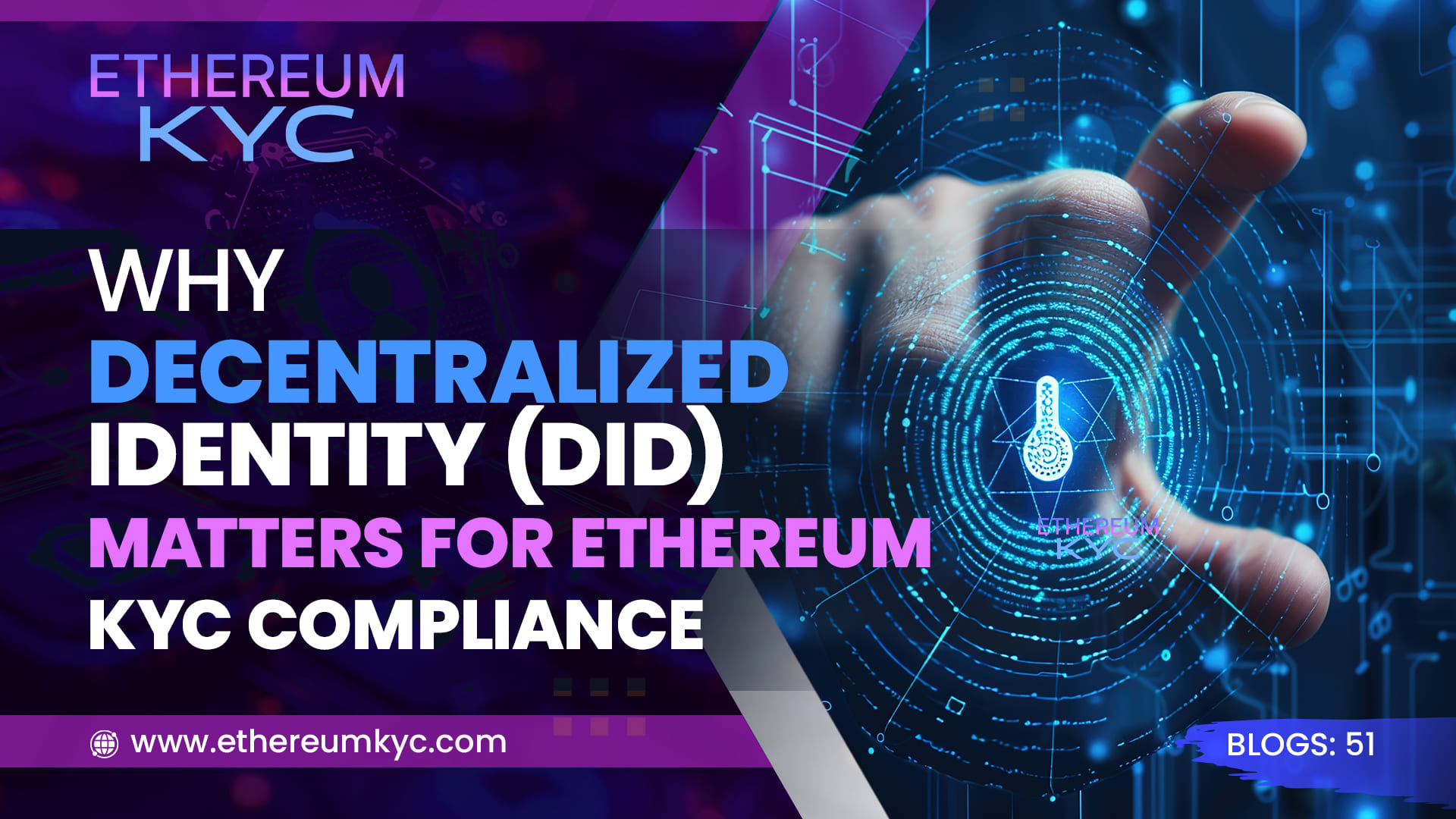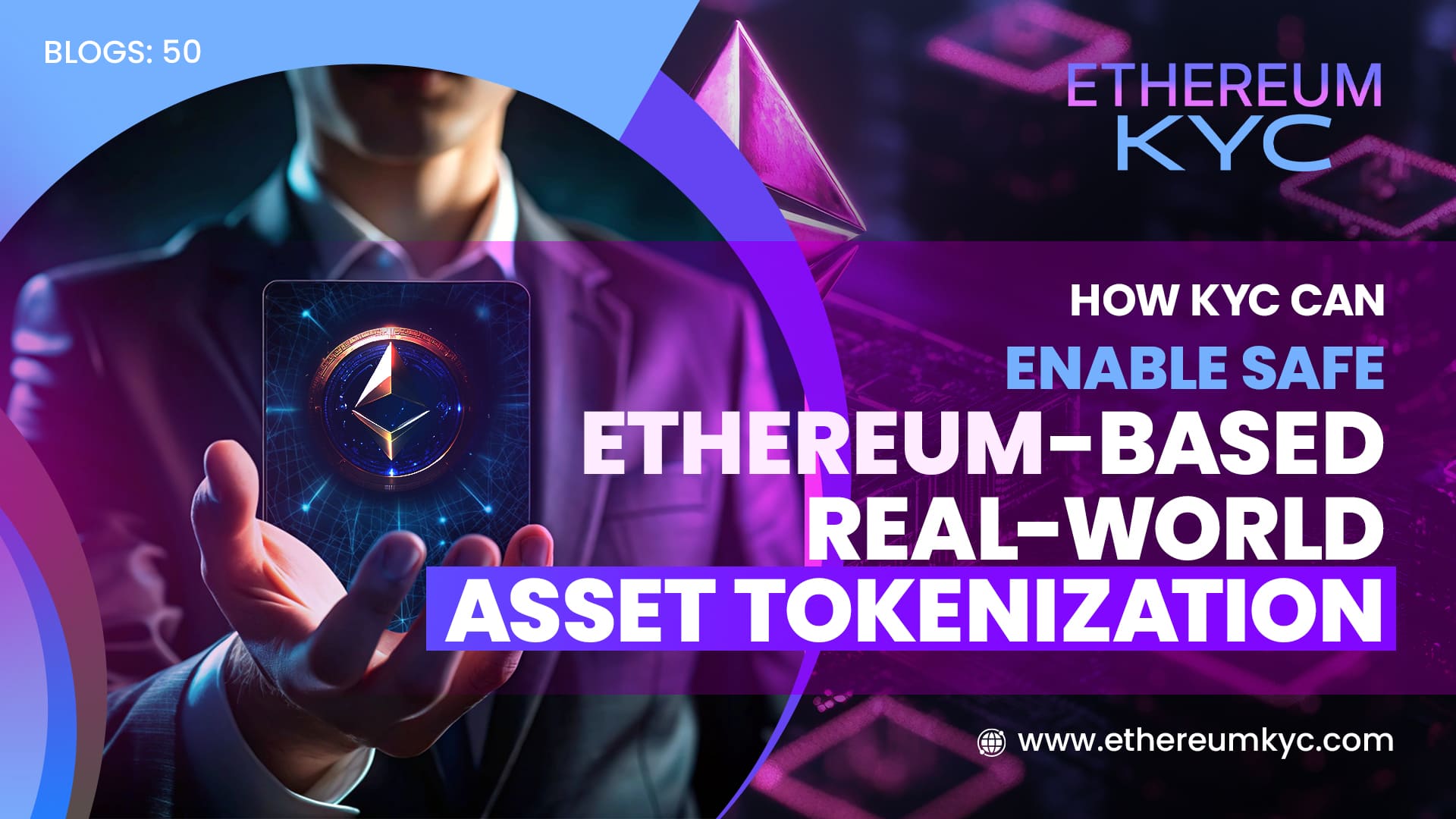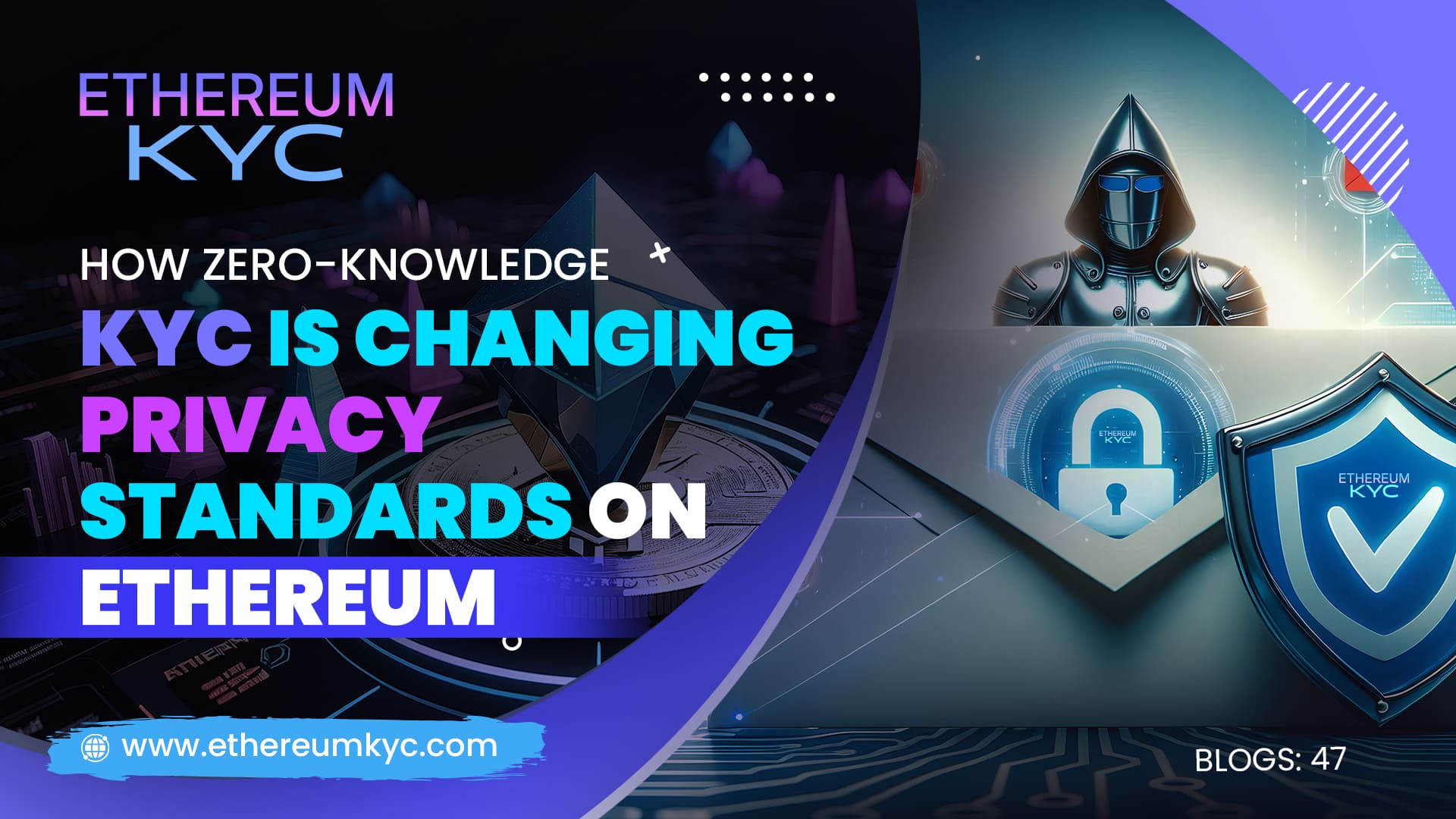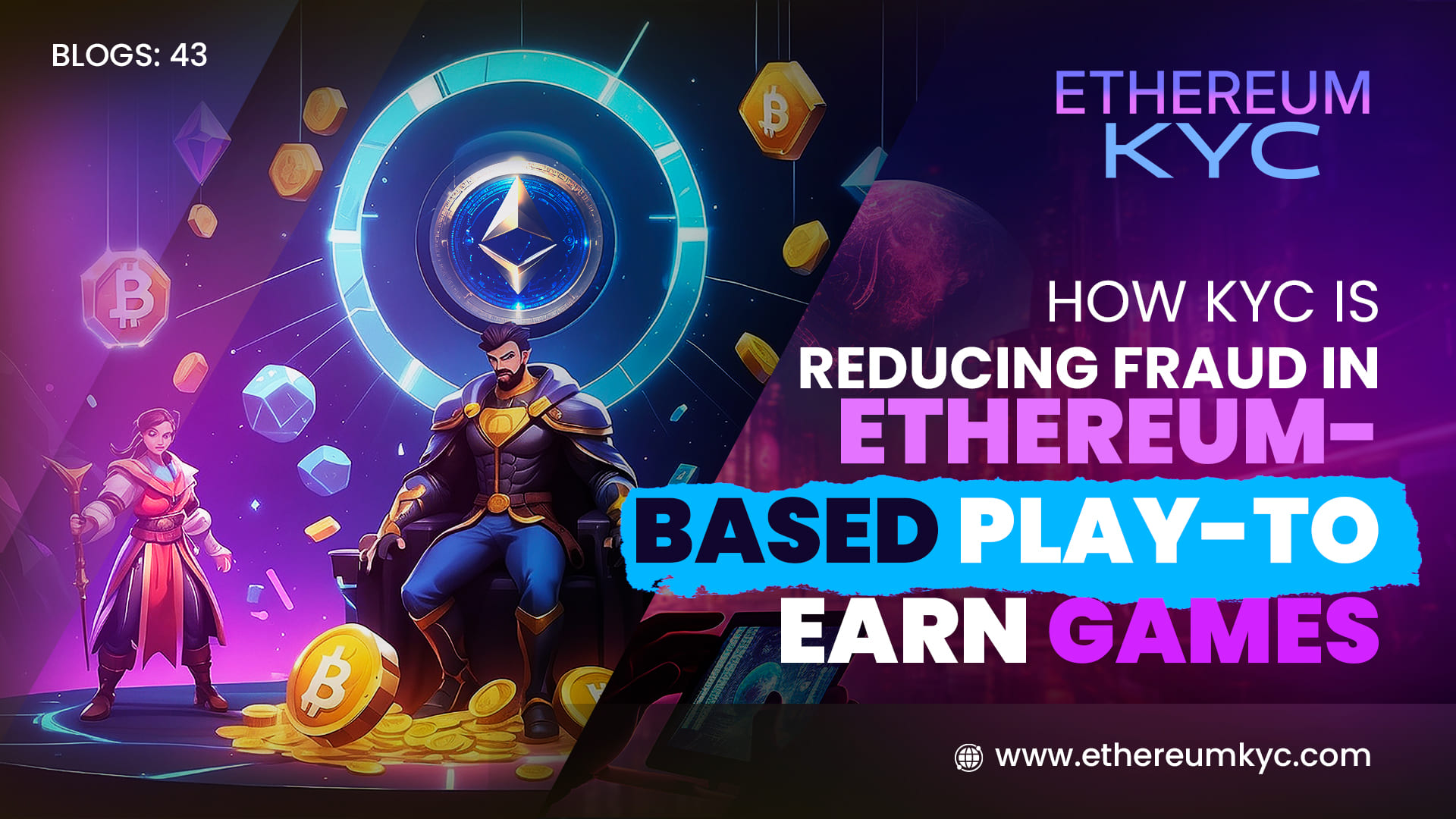September 17, 2024
Ethereum’s Role in the Future of Decentralized Applications (dApps) in 2024
Ethereum continues to be the leading platform for decentralized applications (dApps), thanks to its pioneering smart contract functionality and extensive developer community. As we look ahead to 2024, Ethereum is set to play an even larger role in shaping the future of blockchain technology, driving innovation in DeFi, NFTs, and beyond. In this blog, we’ll explore how Ethereum is empowering the next generation of decentralized applications and why it remains the go-to platform for dApp development.
1. Ethereum’s Dominance in DeFi
Decentralized Finance (DeFi) has exploded in popularity, and Ethereum remains the backbone of this movement. Platforms like Uniswap, Aave, and Compound are all built on Ethereum, offering services like decentralized lending, borrowing, and liquidity provision. With Ethereum’s smart contracts, DeFi platforms are able to automate complex financial processes, allowing users to interact directly with protocols without the need for intermediaries.
In 2024, Ethereum’s transition to proof of stake (PoS) through Ethereum 2.0 is set to improve scalability and reduce transaction costs, making it even more attractive for DeFi developers.
2. The Evolution of NFTs on Ethereum
While non-fungible tokens (NFTs) have spread across multiple blockchains, Ethereum is still the go-to platform for NFT creation and trading. From digital art and collectibles to in-game assets, Ethereum’s ERC-721 and ERC-1155 standards continue to provide the foundation for a majority of NFTs. Platforms like OpenSea and Rarible have built their ecosystems around Ethereum, and the blockchain’s security and widespread adoption ensure its continued dominance in the NFT space.
Looking forward, Ethereum’s improvements in scalability will allow for even larger NFT marketplaces and applications, making it the perfect environment for the next wave of digital collectibles.
3. Decentralized Autonomous Organizations (DAOs)
Ethereum has been instrumental in the rise of Decentralized Autonomous Organizations (DAOs), which are self-governing entities that operate using smart contracts. DAOs enable communities to make decisions collectively, often through governance tokens that give holders voting power on proposals.
In 2024, we expect DAOs to expand their influence beyond the cryptocurrency space, applying their governance models to industries like gaming, social networks, and even real-world businesses. With Ethereum’s robust infrastructure, DAOs will continue to thrive and evolve, giving users more control over the platforms and communities they interact with.
4. Ethereum’s Expanding Ecosystem
The Ethereum ecosystem continues to grow, attracting developers, enterprises, and startups alike. Layer 2 solutions like Arbitrum and Optimism are helping to scale Ethereum by reducing transaction costs and increasing throughput, while sidechains like Polygon allow for faster, cheaper transactions without sacrificing Ethereum’s security. As Ethereum becomes more scalable and accessible, its ecosystem will continue to flourish, driving further adoption of dApps and blockchain technology.
Conclusion
As we move into 2024, Ethereum remains at the forefront of decentralized application development. Whether it’s through DeFi, NFTs, DAOs, or new innovations, Ethereum’s infrastructure provides the ideal platform for developers to create secure, scalable, and decentralized solutions. With the ongoing upgrades and improvements to the network, Ethereum will continue to lead the charge in the blockchain space for years to come.





